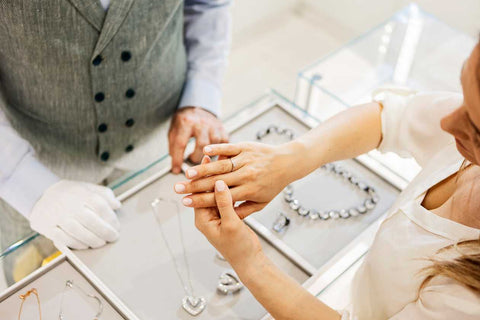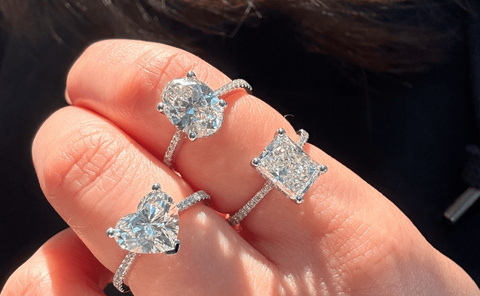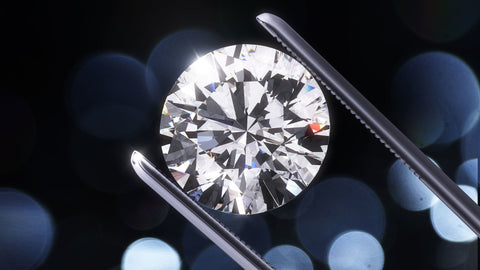Over the past decade, lab-grown or cultured diamonds have disrupted the diamond industry. Their popularity has been steadily growing in Hong Kong thanks to advantages in cost, ethics and quality. Let's take a deeper look at this emerging trend.

Rising Demand
Younger consumers have warmed to lab-grown's ethical reputation and value. Local jewelers from Chow Tai Fook to Luk Fook are dedicated sections to man-made options. Online retailers have also educated Hong Kong buyers who can now order a wide variety of cuts and specs. Retailers see demand growing 20-30% annually according to industry surveys.
The wedding market represents a major opportunity. An estimated 40-50% of engaged couples in Hong Kong are opting for lab diamonds in prominent jewelry chains and independent stores. Their appealing price points have made diamond engagement rings much more accessible.
Consumers are increasingly swayed by the environmental and human rights angle. Natural diamonds have long faced criticism over practices in certain mining regions. By eliminating these issues, lab diamonds satisfy a growing desire for sustainable, ethically-sourced options.

Production in Hong Kong
Several local companies like Diamond Foundry HK and Precious Gems HK have set up labs to produce diamonds using chemical vapor deposition (CVD). This process involves applying carbon plasma under high heat and pressure to form crystals that are otherwise indistinguishable from mined gems. Some producers also use high-pressure high-temperature (HPHT) methods.
As technologies have advanced, production capacity has increased. Lab-grown diamonds can now be made affordably on an industrial scale. The quality and traits match or surpass natural counterparts with more control over factors like carat size. Both CVD and HPHT grown diamonds are certified and graded by leading labs to assure consumers.
Investment Potential
While still an emerging class, some experts argue lab-grown may develop similar store of value qualities as supplies become scarcer over decades. Top producers exercise scarcity models and technology improves. If resale markets mature, demand could strengthen from investors seeking alternative assets. Several online exchanges have emerged for trading cultured diamond jewels and loose stones.


